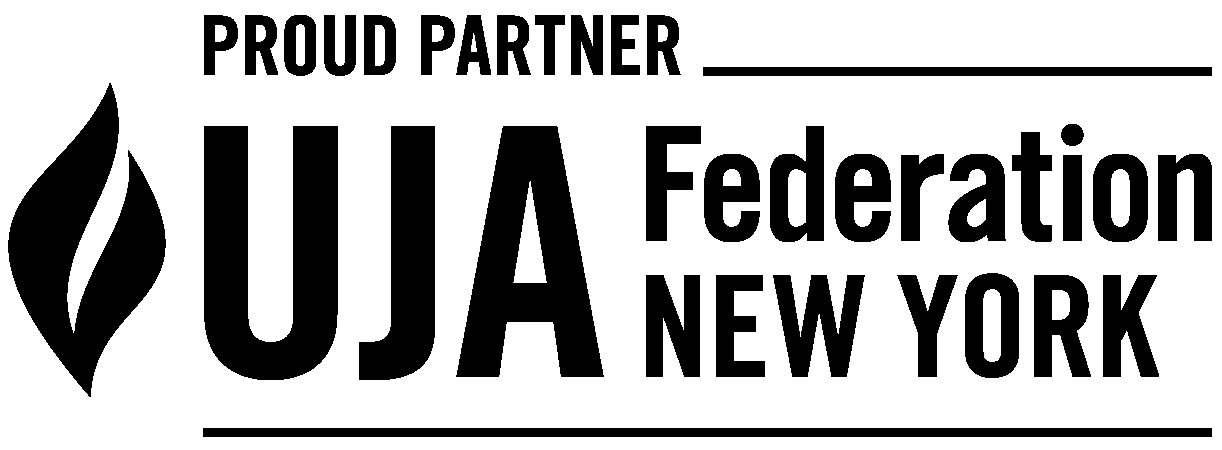Thursday, October 4, 2018 | 25 Tishrei 5779
Dear All,
The holidays are over and it’s the start of the rest of our lives.
I’ve been thinking about the end of the Jewish holidays, how the pieces fit together, what they mean and imply.
I was very struck this year by the teaching implicit in going from Yom Kippur into Sukkot. In the ten days of teshuva we reflect and we feel bad about ourselves and we strive to atone and commit to do better. We work on ourselves. And hopefully, by the end of Yom Kippur, as the gates close, we think Yes! I am going to be better! I am going to do this and do that!
And then we go into the openness and vulnerability of the sukkah, and the joy of the festival known as zman simchteynu, the time of our (shared) joy. I think I understood at a slightly deeper level, this year, that the tradition is teaching that these things are necessarily connected. The heaviness on Yom Kippur, the joy of Sukkot, and the quite different vulnerabilities (one emotional, one physical) that we experience in succession.
And so as we come out of the chagim this week: it’s easy right now to be confused or depressed about the world. But the deeper message of these Jewish holidays – and the reason that Hazon is called hazon, Hebrew for “vision” – is because we’ll get more done when we seek to effect change from a place of vision and hope and positive energy. And also some vulnerability, some openness, and humility. So I offer this to all of us as a kavannah, an intention, as we move into October and the fall season.
And that leads me to… strategic planning. Which, if you think about it, is a form of organizational teshuva – not in the sense of repentance (though it could be that, also) but in the sense of, as it were, returning to one’s best self. What is Hazon’s best self – ie, if we’re uniquely who we are, doing what we’re uniquely meant to be doing, if we’re having the greatest possible impact, if we’re inspiring people and touching lives and strengthening institutions and driving significant change… what choices should we be making, in order to do those things most effectively? What priorities? What new or existing or revised strategies? What new areas of focus? What languaging or relanguaging? What exactly are the impacts we’re aiming for? How do we measure them? What’s our logic model?
So I’ve been thinking about this a lot over the summer and the chagim. Our board is actively involved. Our senior staff have started discussing this. Key funders are supporting the process. We’re choosing a consultancy firm to work with us on this. And so I simply want to let you know that this is happening, will be happening over the remainder of this year and the start of next year. It feels exciting and important, open, generative, necessary. If you have thoughts or comments or questions, be in touch.
And if you haven’t read it in a while – or ever – I commend to you our theory of change, which was developed quite a while ago, but which I think still reads interestingly and quite accurately today.
This week is Shabbat Bereishit. Across the Jewish world, we start again at the beginning. A cosmos. Creation. A planet. A cycle of stories that have moral content and provocation and inspiration, and that weave in, week after week, the extent to which we are not only embodied people but grounded people – connected to land and place and food and calendar and climate. Facing towards the land of Israel, leaving the land and returning to it, struggling to live well. May we all be inspired, once again, by the stories of Bereishit and the wisdom of the Torah.
Finally, a reminder of one other book. We’re discussing The Overstory by Richard Powers, virtually, at 8:30 PM EST on Wednesday, October 17. If you haven’t started reading it, I warmly commend it.
Shabbat shalom,

Nigel
Hazon’s strategic planning process, and the question of how we have more impact in the world. Totally different point, different energy, different kinds of words. But over the next six months or so we’re going through a strategic planning process, chaired by Jessica Haller and lead-staffed by Judith Belasco, that’s intended to ask the big questions – what are we doing? Why? How? What’s the mix? What’s the logic model? How do we make certain sorts of choices? Hazon in its current form is just five years old, though its pre-merger components go back much further. The clock doesn’t stop – we’re working amazingly hard, right now, in all sorts of ways, and we’re also going to try to re-assess. The intention is that by the spring or early summer of next year we’ll have deeper clarity about key goals. Organizations who are friends and peers, such as Hadar and Avodah and FJC and many others have been through these kinds of processes in recent years, and have almost always come out clearer and stronger and sharper. So we hope that will be true for us. If you have questions or suggestions, please be in touch.





Comments are closed.